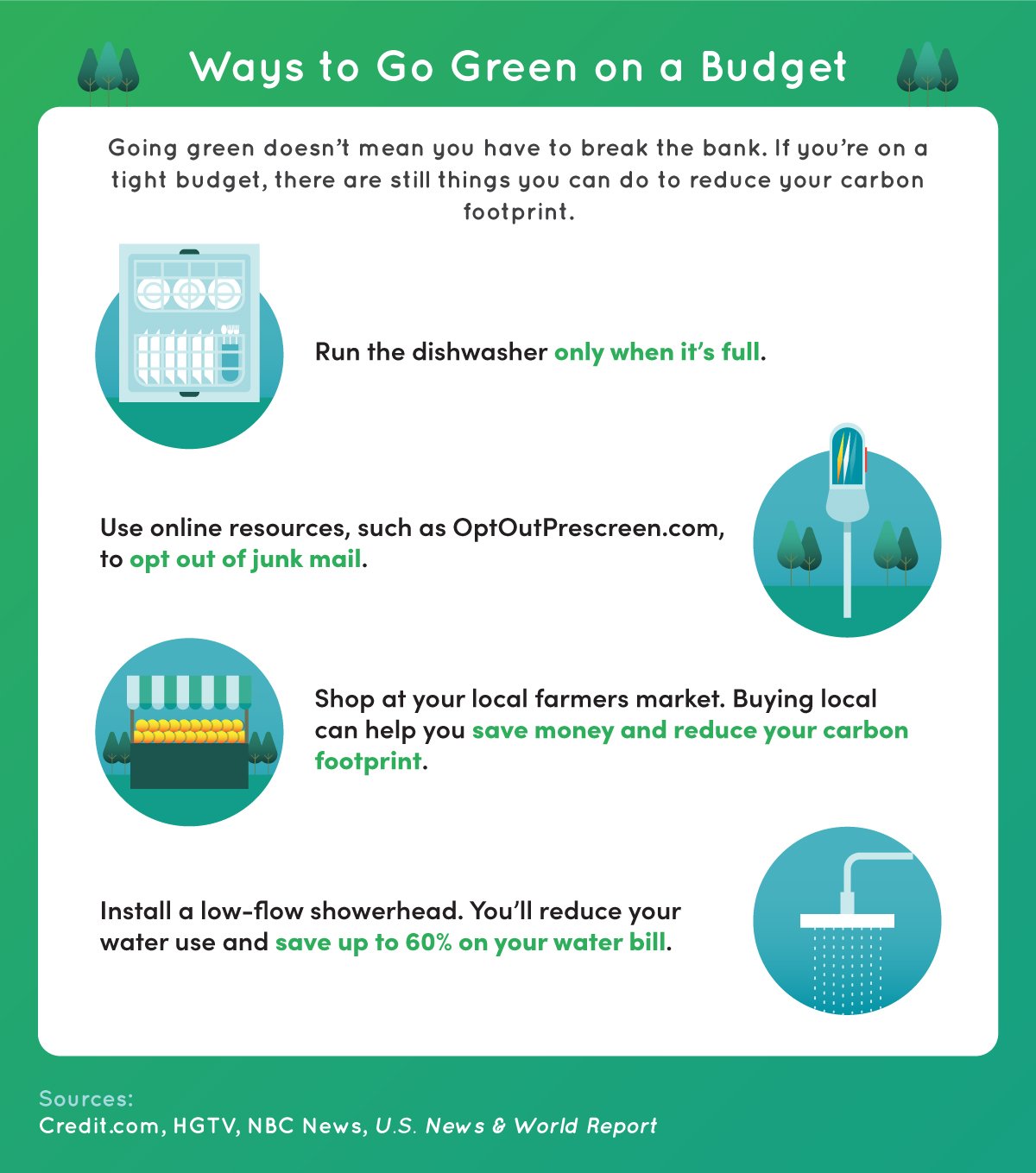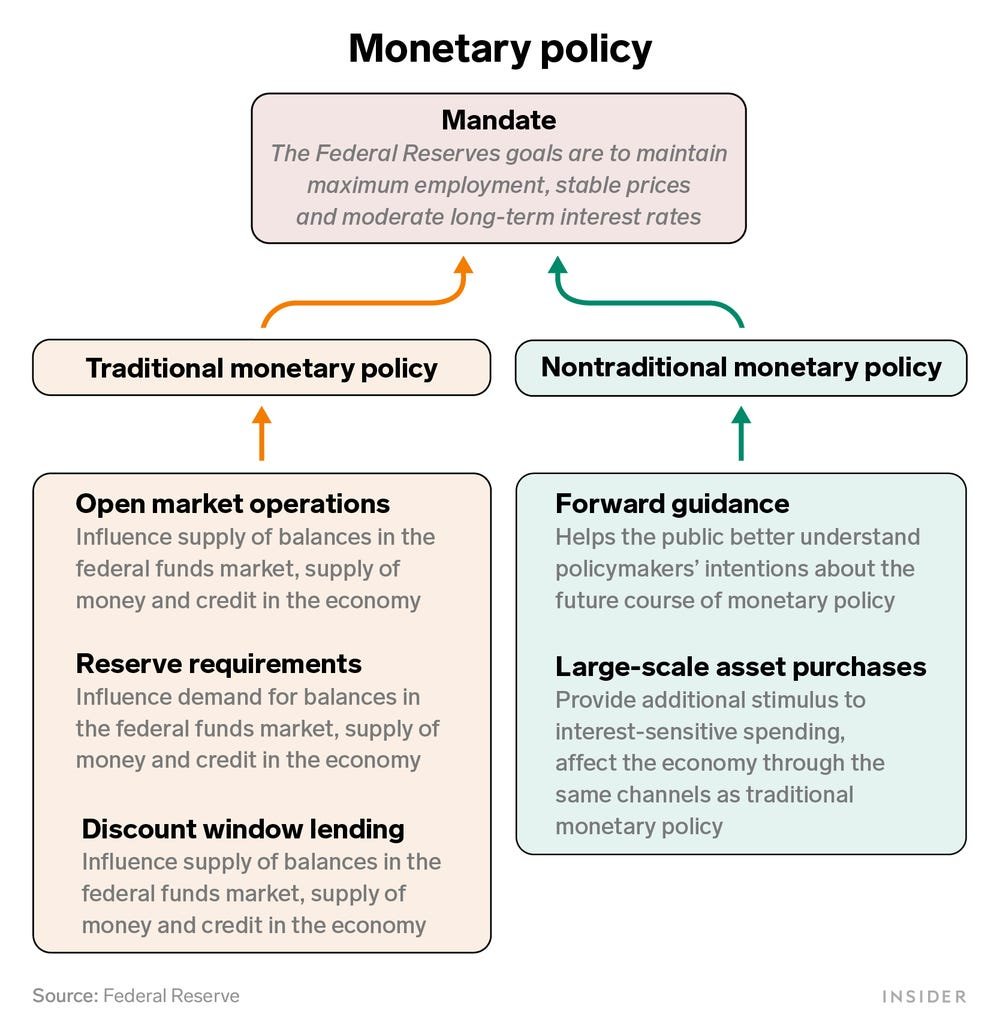Are you looking for practical ways to achieve a sustainable lifestyle without breaking the bank? If so, you’ve come to the right place! In this blog article, we will explore how to budget for a sustainable lifestyle. By incorporating smart financial strategies into your daily life, you can reduce your environmental impact while also saving money. Let’s delve into the various aspects of budgeting for a sustainable lifestyle and discover how you can make meaningful changes without compromising your financial stability. Whether you’re a budgeting pro or just getting started, this article will provide valuable insights on how to align your finances with your sustainability goals. So, let’s dive in!
How to Budget for a Sustainable Lifestyle
Living a sustainable lifestyle is not only beneficial for the environment, but it can also lead to financial savings and a healthier, more fulfilling life. One key aspect of adopting a sustainable lifestyle is budgeting. By managing your finances effectively and making conscious choices, you can align your spending with your sustainability goals. In this article, we will explore various strategies and tips on how to budget for a sustainable lifestyle.
Assessing Your Current Financial Situation
Before you start budgeting for a sustainable lifestyle, it’s crucial to assess your current financial situation. Understanding your income, expenses, and debt will help you create a realistic budget that aligns with your sustainability goals. Here are a few steps to get started:
1. Calculate your monthly income: Determine the total income you receive each month after taxes. Include all sources such as salary, investment returns, or side hustles.
2. Track your expenses: Take a close look at your expenses over the past few months. Categorize them into fixed expenses (rent, utilities, insurance) and variable expenses (groceries, dining out, entertainment).
3. Determine your debt obligations: List down all your outstanding debts, including credit card debt, student loans, or any other loans. Note the interest rates and minimum monthly payments.
4. Analyze your spending habits: Identify areas where you can reduce unnecessary spending. Look for opportunities to cut back on non-essential items or services that do not align with your sustainability goals.
Setting Sustainable Budgeting Goals
Once you have a clear picture of your finances, it’s time to set specific budgeting goals that align with your sustainable lifestyle aspirations. Consider the following tips:
1. Prioritize sustainability: Determine the sustainability goals that matter most to you. It could be reducing your carbon footprint, supporting eco-friendly brands, or focusing on waste reduction. Define these goals and keep them in mind while creating your budget.
2. Allocate funds for green initiatives: Set aside a specific portion of your budget for environmentally-friendly choices. This could include investing in energy-efficient appliances, purchasing organic and locally-sourced produce, or supporting sustainable fashion brands.
3. Plan for emergencies: Building an emergency fund is an essential component of any budget. Having savings set aside will provide you with financial security in case of unexpected expenses or emergencies. Aim to save at least three to six months’ worth of living expenses.
4. Consider long-term sustainability investments: Investing in renewable energy sources, sustainable funds, or green technologies can contribute to a more sustainable future while potentially providing financial returns. Research these options and consult with a financial advisor if needed.
Creating a Sustainable Budget
Now that you have assessed your finances and set your goals, it’s time to create a sustainable budget. Here are the steps to follow:
1. Determine fixed expenses: Start by budgeting for your fixed expenses, such as rent or mortgage payments, utilities, insurance, and transportation costs. Ensure you have enough allocated for these essential items.
2. Categorize variable expenses: Divide your variable expenses into categories like groceries, dining out, entertainment, transportation, and clothing. Assign a specific amount for each category based on your previous spending patterns and sustainability goals.
3. Reduce discretionary spending: Look for areas where you can cut back on discretionary spending. Instead of dining out frequently, try cooking at home using local, organic ingredients. Reduce unnecessary subscriptions or memberships that don’t align with your sustainable lifestyle.
4. Save on energy consumption: Lower your energy bills by adopting energy-efficient practices. This includes turning off lights when not in use, using natural light, investing in LED bulbs, and using smart power strips to reduce phantom energy. Allocate a portion of your budget for energy-saving upgrades.
5. Embrace minimalism and conscious consumption: Challenge the notion of consumerism and embrace minimalism. Prioritize buying quality items that are durable and have a lower impact on the environment. Consider second-hand options, borrowing or sharing items, and repairing instead of replacing.
6. Plan for sustainable transportation: Evaluate your transportation choices. Opt for public transportation, carpooling, biking, or walking whenever possible. If you need a vehicle, consider fuel-efficient or electric cars. Allocate your transportation budget accordingly.
7. Review and adjust regularly: Regularly review your budget to ensure you’re on track with your sustainable goals and financial objectives. Analyze your spending patterns, make adjustments where necessary, and celebrate your progress.
Resources for Sustainable Living on a Budget
Living a sustainable lifestyle on a budget doesn’t mean compromising on quality or convenience. There are numerous resources available to help you make eco-friendly choices without breaking the bank. Consider the following ideas:
1. Local farmer’s markets and community-supported agriculture (CSA) programs offer fresh, organic produce at affordable prices.
2. Take advantage of bulk shopping to reduce packaging waste and save money on pantry staples.
3. DIY natural cleaning and beauty products to reduce expenses and minimize exposure to harmful chemicals.
4. Explore online platforms and apps that connect you with local sharing communities, allowing you to borrow or rent items instead of buying them.
5. Utilize public libraries for books, magazines, and digital resources, reducing the need for purchasing new materials.
6. Join local sustainability groups or online communities to exchange ideas, tips, and resources with like-minded individuals.
7. Educate yourself about sustainable practices through free online courses, ebooks, or podcasts.
By being resourceful and creative, you can maintain a sustainable lifestyle while staying within your budget.
Budgeting for a sustainable lifestyle requires conscious decision-making and careful consideration of your financial situation. By assessing your finances, setting sustainability goals, and creating a budget that aligns with your values, you can make significant progress towards living a more sustainable life. Remember, sustainability is a journey, and every small step counts. Start by making conscious choices and gradually incorporate more sustainable practices into your budget. With time, you’ll find that living sustainably not only benefits the planet but also enhances your overall well-being.
What Sustainable Living Actually Means
Frequently Asked Questions
Frequently Asked Questions (FAQs)
How can I budget for a sustainable lifestyle?
To budget for a sustainable lifestyle, follow these steps:
- Evaluate your current spending habits and identify areas where you can cut back.
- Create a budget that allocates funds for sustainable practices, such as buying organic food or investing in renewable energy sources.
- Track your expenses to ensure you’re sticking to your budget and making sustainable choices.
- Consider using budgeting apps or tools to simplify the process and keep yourself accountable.
- Look for ways to save money in your daily life, such as reducing energy consumption or using public transportation.
- Research and compare prices before making purchases to find sustainable options at affordable prices.
- Plan your meals and reduce food waste by shopping mindfully and repurposing leftovers.
- Continuously educate yourself about sustainable living practices and seek resources that can help you make informed financial decisions.
How can I save money while living sustainably?
You can save money while living sustainably by:
- Reducing energy consumption by using energy-efficient appliances and practicing good habits, like turning off lights when not in use.
- Using public transportation, cycling, or walking instead of relying on a car for every trip.
- Investing in reusable products, such as water bottles and grocery bags, to avoid unnecessary expenses on single-use items.
- Repairing or repurposing items instead of immediately buying new ones.
- Growing your own produce or supporting local farmers’ markets for fresh and affordable organic food.
- Participating in clothing swaps or purchasing second-hand items to reduce the environmental impact and cost of fast fashion.
- Consolidating errands and planning activities to reduce transportation costs.
- Opting for homemade meals and reducing dining out expenses.
Is it possible to budget for sustainable travel?
Yes, it is possible to budget for sustainable travel. Here’s how:
- Research and choose eco-friendly accommodations that prioritize sustainable practices.
- Book flights with airlines that have a commitment to reducing carbon emissions.
- Plan your itinerary to minimize unnecessary travel and opt for public transportation or eco-friendly alternatives when exploring your destination.
- Support local businesses and communities by purchasing locally made souvenirs and consuming local cuisine.
- Offset your carbon footprint by donating to reputable organizations that invest in sustainable projects.
- Pack light to reduce excess baggage fees and fuel consumption during transportation.
- Participate in volunteering or conservation activities to give back to the places you visit.
- Consciously choose low-impact activities and tours that respect the environment and local culture.
Can sustainable living be affordable in the long term?
Yes, sustainable living can be affordable in the long term. While some sustainable products or practices may have higher upfront costs, they often pay off in the long run. For example:
- Investing in energy-efficient appliances can lead to significant savings on utility bills.
- Switching to renewable energy sources may require initial investment but can result in lower energy costs over time.
- Growing your own food or supporting local farmers can reduce grocery expenses and promote healthier eating habits.
- Repairing and maintaining items instead of replacing them constantly saves money on replacements.
- Reducing waste and practicing conscious consumption helps avoid unnecessary expenses on disposable items.
- Choosing quality and durable goods over cheap, disposable ones can result in long-term savings.
How do I prioritize sustainable expenses within my budget?
To prioritize sustainable expenses within your budget:
- Identify your sustainability goals and values.
- Evaluate your current spending habits and determine which expenses align with your sustainability goals.
- Allocate a specific portion of your budget to sustainable practices, such as purchasing organic food or investing in eco-friendly products.
- Consider your long-term priorities and the potential benefits and savings associated with sustainable living.
- Regularly review and adjust your budget to ensure your sustainable expenses are appropriately prioritized.
Are there any government incentives or programs to support sustainable budgeting?
Yes, many governments offer incentives and programs to support sustainable budgeting. These can include:
- Tax credits or deductions for energy-efficient home improvements or the installation of renewable energy systems.
- Subsidies or grants for purchasing electric vehicles or energy-efficient appliances.
- Incentives for businesses that implement sustainable practices or adopt eco-friendly technologies.
- Education and awareness programs to promote sustainable living and budgeting.
- Financial support for research and development of sustainable technologies and innovations.
- Local initiatives that provide resources, information, and financial assistance for sustainable projects.
What are some common challenges in budgeting for a sustainable lifestyle?
Some common challenges in budgeting for a sustainable lifestyle include:
- The initial investment required for certain sustainable products or practices.
- Limited availability and higher prices of sustainable options in some areas.
- The need for ongoing education and research to make informed decisions about sustainable choices.
- Conflicting priorities when trying to balance sustainability goals with financial constraints.
- Overcoming societal or cultural pressures to prioritize convenience or fast fashion over sustainable alternatives.
- Resistance to changing habits or adopting new sustainable practices.
How can I stay motivated to stick to a sustainable budget?
To stay motivated in sticking to a sustainable budget:
- Remind yourself of the environmental and social impact of your choices.
- Set realistic goals and celebrate small milestones in your sustainability journey.
- Join online communities or local groups that share similar sustainability goals.
- Educate yourself about the benefits of sustainable living and the positive changes you are making.
- Track and acknowledge the financial savings you are achieving through sustainable practices.
- Share your progress and experiences with friends and family to inspire others.
- Continuously explore new sustainable options and technologies to keep your lifestyle exciting and evolving.
- Remain flexible and open-minded while adapting to new sustainable budgeting strategies.
Final Thoughts
In conclusion, budgeting for a sustainable lifestyle is crucial for both our personal well-being and the health of the planet. By understanding our expenses, prioritizing essential needs, and cutting back on unnecessary spending, we can allocate more resources towards sustainable choices. This includes investing in renewable energy, choosing locally sourced and organic food, and opting for eco-friendly products. By consciously considering eco-conscious alternatives and making informed choices, we can align our lifestyles with the goal of preserving the environment for future generations. So, let’s take charge of our finances and budget for a sustainable lifestyle.



